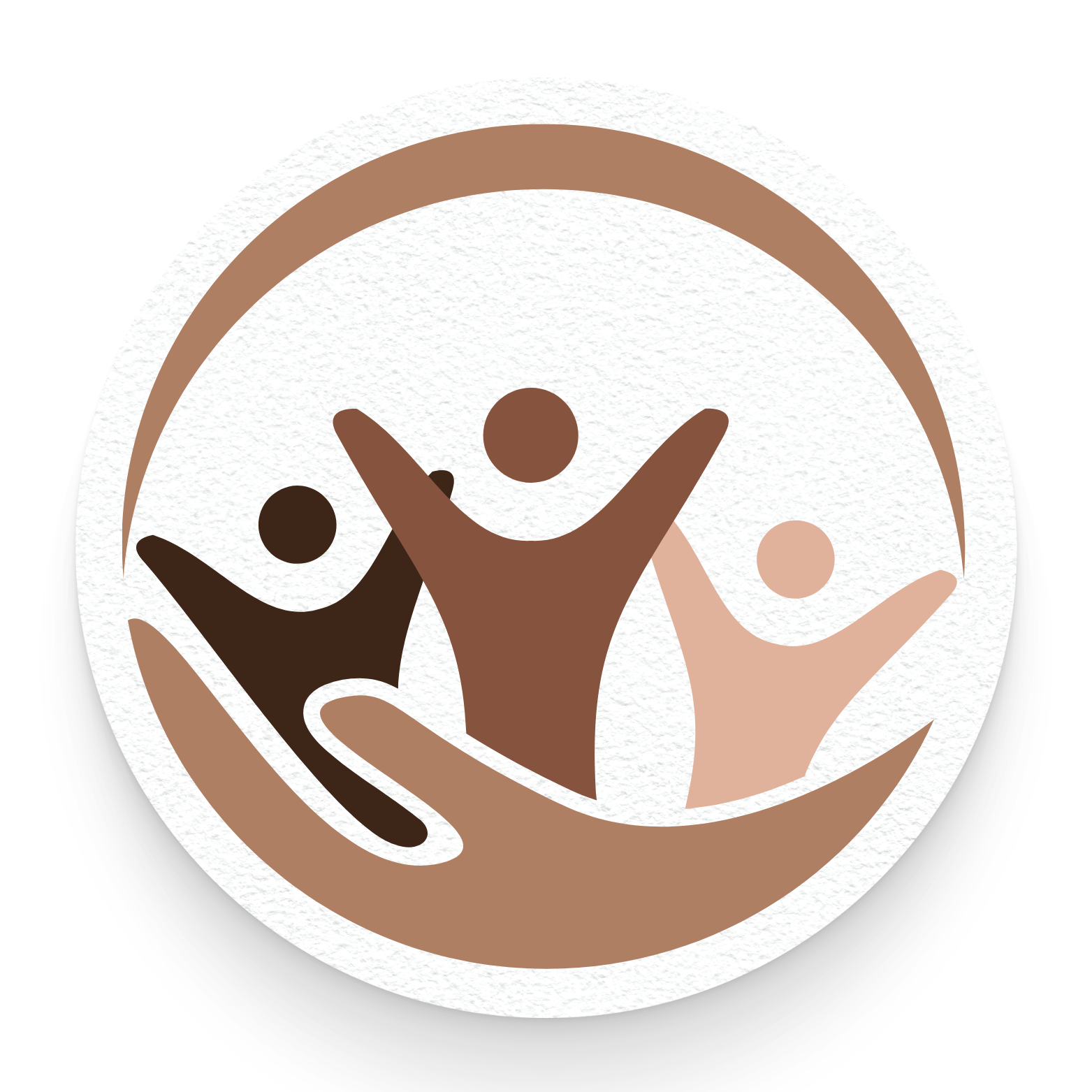Childhood Autism for Children of Color Introduction:
- lakeianard
- Mar 20, 2024
- 2 min read
Autism spectrum disorder (ASD) is a neurodevelopmental condition that affects individuals of all backgrounds, including children of color. Understanding autism and its impact on children of color is essential for families, communities, and healthcare providers. This fact sheet provides information tailored to children of color and their families to increase awareness and support. What is Autism Spectrum Disorder (ASD)? Autism spectrum disorder is a complex developmental condition characterized by challenges in social communication, repetitive behaviors, and restricted interests. It is a spectrum, meaning that individuals with autism can have a wide range of strengths, abilities, and challenges. **Prevalence of Autism in Children of Color: - Research suggests that autism is diagnosed less frequently in children of color compared to white children, but this may be due to disparities in access to diagnosis and services. - Studies have found that autism may be underdiagnosed in communities of color, leading to delayed access to interventions and support. Signs and Symptoms of Autism: - Difficulty with social interactions, such as making eye contact and understanding social cues. - Repetitive behaviors or movements, such as hand-flapping or rocking. - Sensory sensitivities, such as being overly sensitive to sounds, textures, or lights. - Fixated interests or intense focus on specific topics or activities. - Difficulty with communication, including delayed speech or language development. Challenges Faced by Children of Color with Autism - Lack of Awareness and Understanding: Cultural beliefs and stigma surrounding autism may lead to misconceptions and delays in seeking diagnosis and treatment. - Access to Services: Children of color may face barriers to accessing diagnostic services, therapies, and support programs due to socioeconomic factors, language barriers, and healthcare disparities. - Cultural Sensitivity: Healthcare providers and educators should strive to provide culturally sensitive care and resources that address the unique needs and backgrounds of children of color with autism. Support and Resources: - Early Intervention Programs: Early diagnosis and intervention services, such as speech therapy, occupational therapy, and applied behavior analysis (ABA), can help children with autism reach their full potential. - Parent Support Groups: Joining support groups and connecting with other families who have children with autism can provide valuable information, resources, and emotional support. - Advocacy and Education: Advocating for autism awareness and education within communities of color can help reduce stigma, increase acceptance, and improve access to services. Empowerment and Awareness: - Educating Families and Communities: Providing accurate information and resources about autism to families and communities of color can empower them to seek timely diagnosis, access support services, and advocate for their children's needs. - Celebrating Neurodiversity: Recognizing and celebrating the strengths and talents of individuals with autism can help promote acceptance and inclusion within communities of color. Conclusion: Children of color with autism deserve equal access to diagnosis, support, and resources to thrive and reach their full potential. By raising awareness, promoting acceptance, and providing culturally sensitive care, we can create a more inclusive and supportive environment for all children affected by autism.
Additional Resources:
[Autism Speaks - Resources for Communities of Color] - (https://www.autismspeaks.org/communities-color)
[National Black Autism Association (NBAA)] - (https://nationalblackautism.com/)
[Autism Society of America - Cultural Competency] - (https://www.autism-society.org/cultural-competency/)






Comments